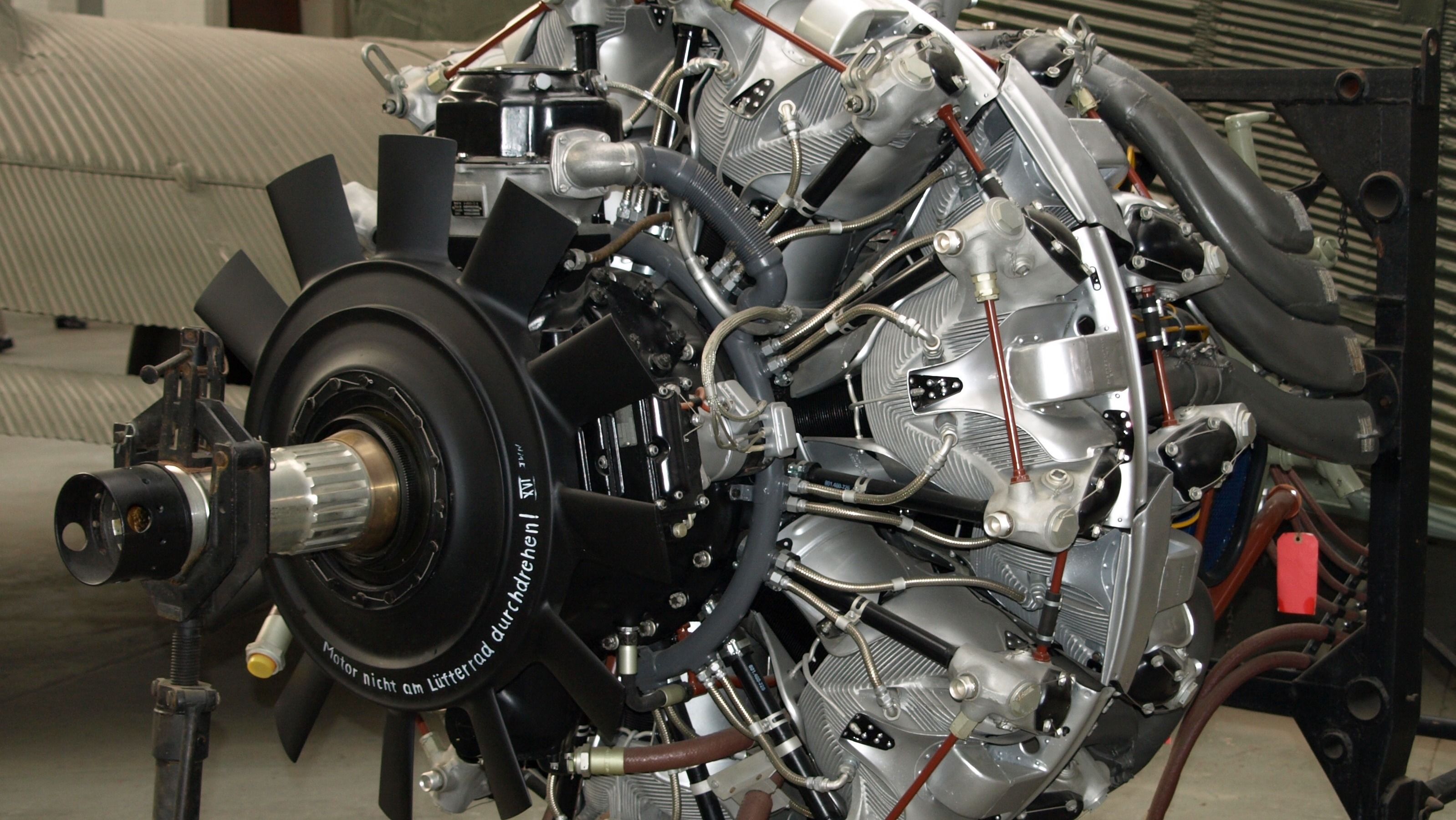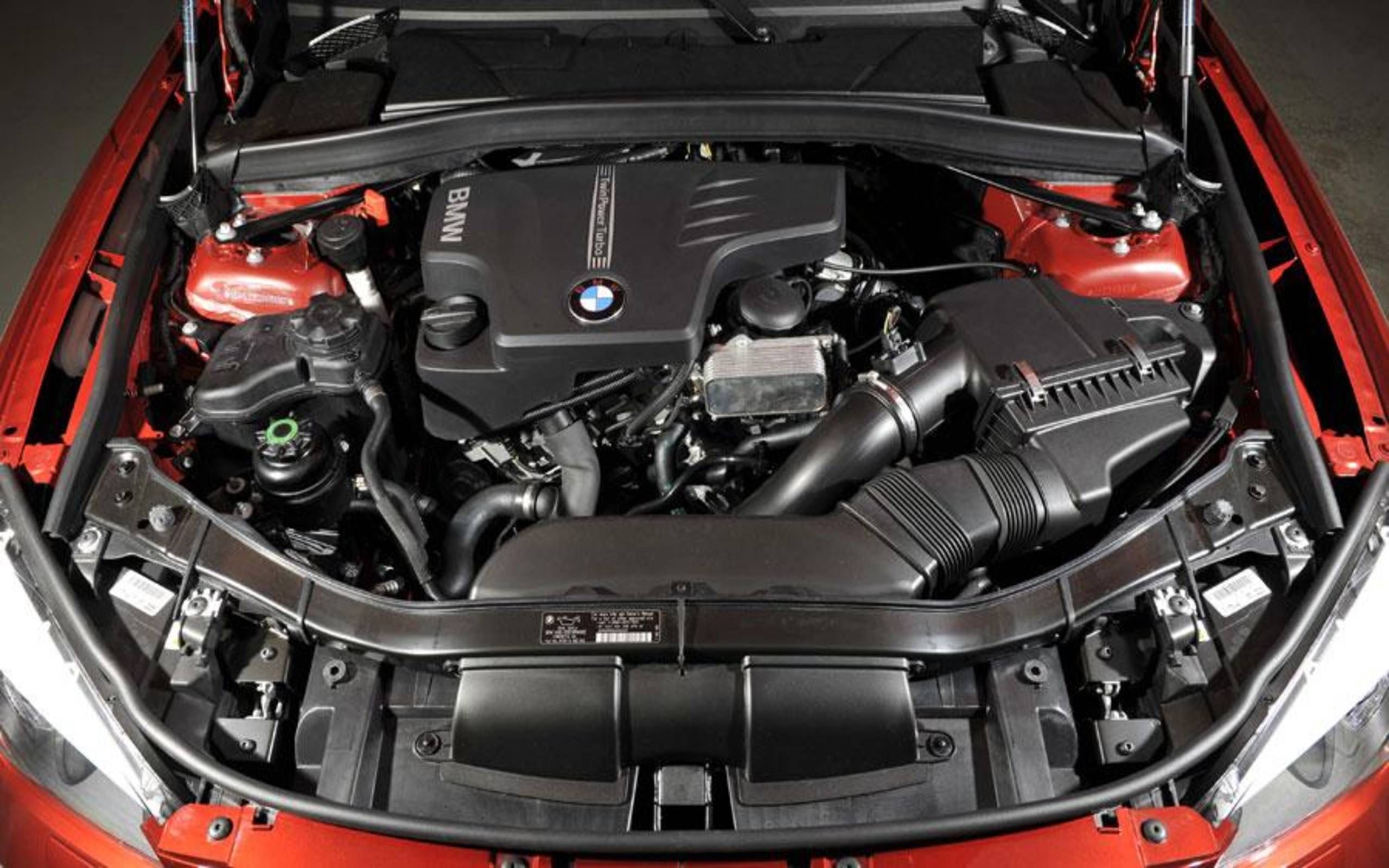Why the BMW Engine Is Considered One of the very best in Deluxe Automobiles
Checking Out the Evolution of Combustion Engines in Modern Transportation Systems
As we navigate the landscape of modern transportation, the evolution of combustion engines stands as a testament to human ingenuity and engineering expertise. From their modest starts to the innovative giants driving lorries today, burning engines have actually gone through an amazing journey of development and adaptation. Understanding the intricacies of this advancement not just drops light on the past however also leads the way for picturing what exists ahead in the realm of transport modern technology. The interaction of history, technology, and ecological worries fit the trajectory of combustion engines develops a story that is both engaging and insightful.
Very Early Beginnings of Combustion Engines
How did the principle of combustion engines very first arise in the very early stages of transport growth? The roots of combustion engines can be mapped back to the 17th century when the concepts of internal burning were initial explored.
The development minute came with the creation of the initial successful gasoline-powered engine by Karl Benz in 1885 - bmw engine. This engine led the way for the growth of the modern vehicle, reinventing transport systems worldwide. Subsequent advancements by Nikolaus Otto and Gottlieb Daimler better refined combustion engine innovation, bring about the mass manufacturing of automobiles and the fast growth of the transport sector
These very early burning engines were defined by their simplicity and effectiveness, laying the foundation for the complex and powerful engines used in modern transport systems. The advancement of burning engines has actually been critical in forming the method we travel and transfer goods, noting a substantial landmark in the background of transportation advancement.
Transition to Internal Burning Innovation
The shift to internal burning innovation marked a pivotal change in the development of transportation systems. This change started in the late 19th century, with creators like Nikolaus Otto and Gottlieb Daimler developing the initial successful internal burning engines. These engines reinvented transportation by offering an extra effective and effective alternative to vapor engines and electric motors.
One of the key benefits of internal burning engines was their capability to be scaled down to fit right into cars, leading to the growth of motorbikes and automobiles. This change from bulky, fixed engines to compact, mobile ones led the way for the modern-day transportation systems we see today.
The change to internal burning technology likewise spurred improvements in fuel innovation, leading to the advancement of fuel and diesel as main gas sources for automobiles. This change not only made transport extra easily accessible to the masses yet also laid the structure for the oil and gas sector to become important to global economic climates.
Influence of Combustion Engines on Transportation
The fostering of burning engines in transportation systems catalyzed an extensive change in the efficiency and speed of global movement. Burning engines changed transportation by offering a flexible and trustworthy resource of power for various cars, including cars and trucks, planes, vehicles, and ships. This technology significantly enhanced the capability for products and people to conform cross countries in shorter amount of time, causing boosted connection in between regions and nations.
Additionally, the extensive use combustion engines has had a considerable effect on financial growth. The capacity to move items successfully has actually stimulated trade and commerce, allowing organizations to increase their markets and get to consumers worldwide. This has facilitated financial development and globalization, as products can now be transported faster and in bigger amounts than in the past.
However, the ecological influence of combustion engines can not be overlooked. The burning of fossil gas has led to air contamination and greenhouse gas discharges, contributing to environment modification and positioning health threats to populations. bmw engine. Consequently, there is an expanding emphasis on developing different propulsion innovations to mitigate these adverse impacts and develop a much more sustainable future for transport
Developments in Burning Engine Style
Numerous innovations in combustion engine layout have propelled the advancement of transportation systems over the years. One notable technology is the advancement of turbocharged engines, which make use of exhaust gases to drive a wind turbine that presses incoming air, permitting more fuel to be burnt, leading to raised power outcome without a substantial increase in engine size. In addition, straight injection modern technology has actually improved gas effectiveness and efficiency by precisely managing the quantity and timing of fuel injected right into the burning chamber. Variable valve timing systems have actually additionally transformed engine layout by optimizing air flow at various engine rates, enhancing both power and effectiveness. An additional significant development is the assimilation of light-weight materials such as carbon fiber and aluminum alloys, minimizing total engine weight and improving car fuel economic situation. Furthermore, developments in computer-aided style have actually made it possible for designers to optimize engine performance and efficiency with simulations prior to physical models are constructed, conserving time and sources in the growth procedure. These developments collectively contribute to the constant enhancement of combustion engines in contemporary transportation systems.
Future Trends in Burning Engine Advancement
With technology improvements driving continuous advancement, the future of burning their website engine development is positioned to revolutionize transportation systems internationally. One of the essential fads in combustion engine advancement is the press towards higher performance and decreased discharges.
An additional popular pattern is the fostering of hybrid technologies in burning engines. Crossbreed engines incorporate conventional combustion modern technology with electrical power, offering enhanced gas performance and lower emissions. As the automobile market changes in the direction of electrification, hybrid combustion engines are seen as a transitional service that connects the void in between standard vehicles and totally electrical ones.
Additionally, the integration of smart innovations, such as expert system and data analytics, is expected to play a significant role in the future of combustion engine advancement. These innovations can enhance engine performance in real-time, causing a lot more effective burning processes and improved general car performance. Embracing these future trends will not only drive innovation in burning engine growth yet additionally add to a much see this page more eco pleasant and lasting transportation community.

Verdict
In conclusion, the evolution of combustion engines in modern transportation systems has been marked by significant advancements in technology and design. From the early beginnings of combustion engines to the transition to inner burning modern technology, these engines have actually had imp source an extensive effect on transportation. Advancements in combustion engine design continue to drive progress in this area, with future fads concentrating on additional enhancing efficiency and reducing emissions. The future of burning engines in transport looks appealing as research and development initiatives proceed to push boundaries.
The roots of burning engines can be mapped back to the 17th century when the principles of inner combustion were initial checked out. These engines transformed transport by using a much more powerful and effective alternative to vapor engines and electric motors.
